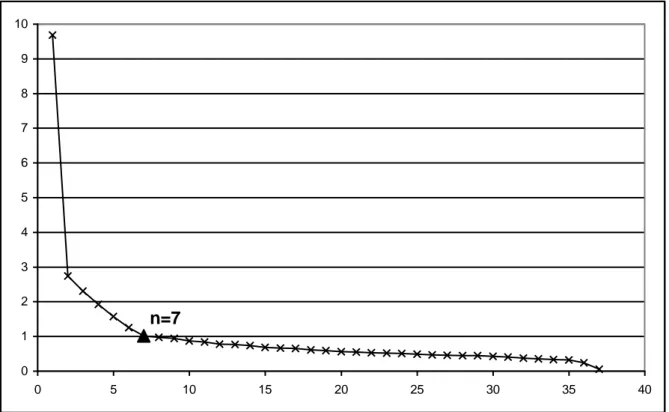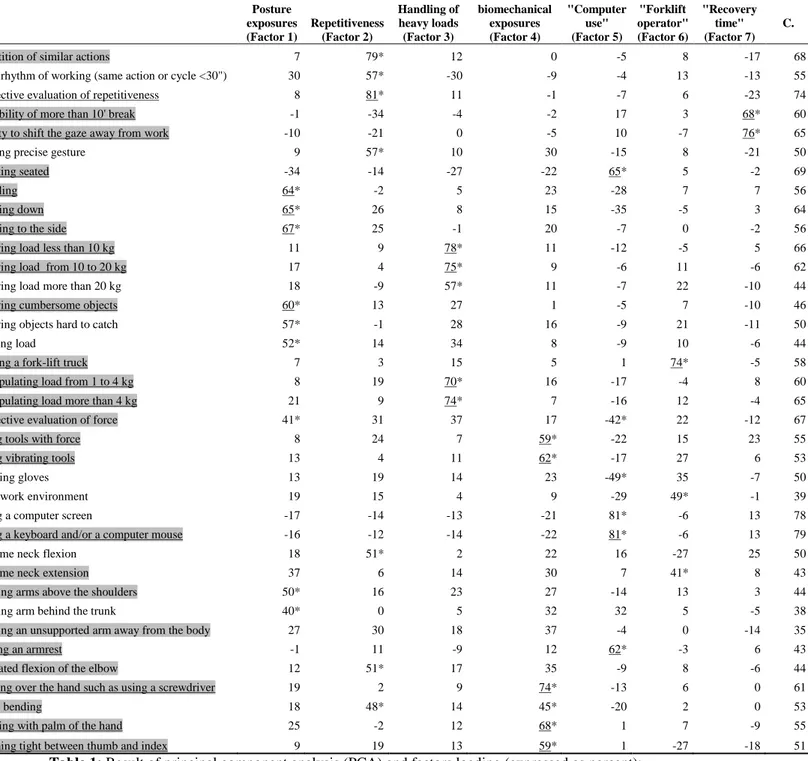Selected questions on biomechanical exposures for surveillance of upper-limb work-related musculoskeletal disorders.
Texte intégral
Figure


Documents relatifs
A coping strategy due to having operational leeway for performing a job might be a reason for the variability of exposure between operators, as this variability was high in
To determine if occupational factors were associated with the outcome in workers with UEMS symptoms or disorders, we used data from the repetitive task survey performed in 1993 1994
Our study highlighted the importance of associations between work-related factors, especially specific combination of high physical workload and elbow musculoskeletal pain
Based on the results of this previous study, this paper aims to (i) assess the combined effect of occupational biomechanical (e.g., high physical exertion) and psy- chosocial (e.g.,
(*) Subjects with no missing value for the risk factors in the multivariate model; Number of subjects excluded from analyses because of missing values: 129 men and 112 women; OR,
In a study of large US and international banks, we show that (1) changes in risk exposures are negatively correlated with market volatility and (2) changes in risk exposures
The A-mode control strategy enabled simultaneous elbow and end-effector control since the residual limb motion drove solely elbow extension, and myoelectric signals were
Moreover, many studies have focused on selected occupational populations recruited from companies characterized by high levels of exposure to risk factors for